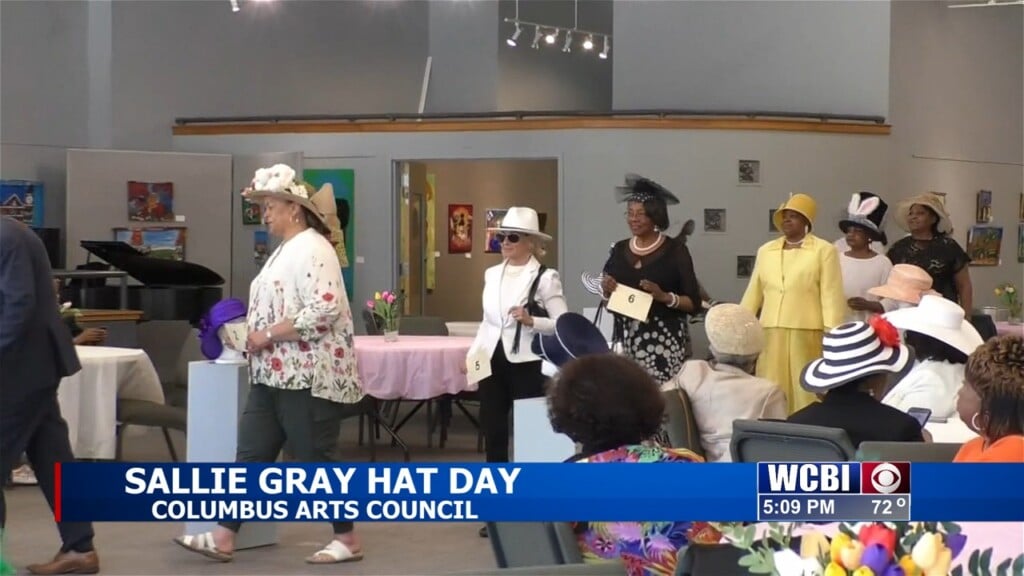Mason Dixon Poll Shows Some Interesting Trends In MS Presidential Race
PRESS RELEASE
If Donald Trump wins the Republican presidential nomination, Mississippi and its six electoral votes (for the first time in a long time) could be in play. Statewide, Trump only leads Democratic front-runner Hillary Clinton by a narrow 46%-43% margin. Furthermore, a strong showing by a third party candidate makes the race a 39%-39% statistical tie.
Clinton crushes Trump among black voters (93%-3%) and leads 47%-40% among women. She also holds on to 85% of Democrats and pulls 11% of GOP voters (including 15% of white Republican women).
Meanwhile, the two other Republican candidates – Ted Cruz & John Kasich – are holding comfortable leads over Clinton and if nominated both are well positioned to win Mississippi. Statewide, Cruz leads Clinton 51%-40% and Kasich is ahead by an even larger 52%-37% margin.
While Clinton holds her base with African-American voters, both Cruz and Kasich run about 10-points ahead of Trump among Republicans and about 5-points stronger among Independents. Most significantly, Cruz and Kasich bring Republican women back into the fold and as a result both run ahead of Clinton among all women, as well as holding double-digit advantages over her among men.
If Mississippi becomes a battleground state, it is safe to say that there could be a large shift in the national Electoral College map.
METHODOLOGY
This poll was conducted by Mason-Dixon Polling & Research, Inc. of Jacksonville, Florida from March 28 through March 30, 2016. A total of 625 registered Mississippi voters were interviewed statewide by telephone.
Those interviewed on land-lines were selected by the random variation of the last four digits of telephone numbers. A cross-section of exchanges was utilized in order to ensure an accurate reflection of the state. Those interviewed on cell phones were selected from a list of working cell phone numbers. Quotas were assigned to reflect voter registration by county.
The margin for error, according to standards customarily used by statisticians, is no more than ±4 percentage points. This means that there is a 95 percent probability that the “true” figure would fall within that range if all voters were surveyed. The margin for error is higher for any subgroup, such as a gender or racial grouping.





Leave a Reply